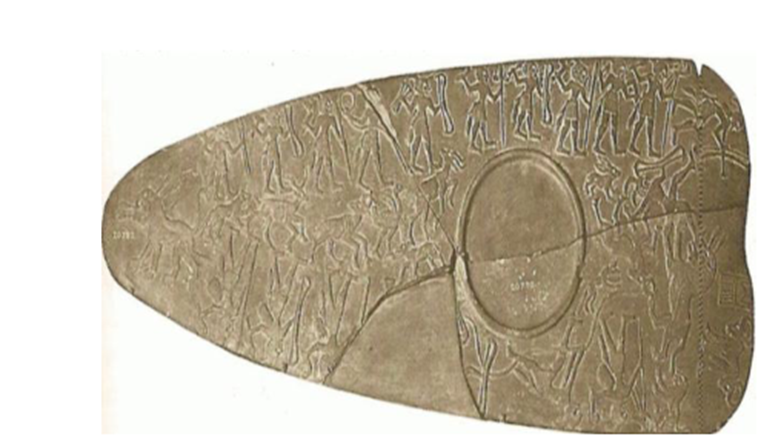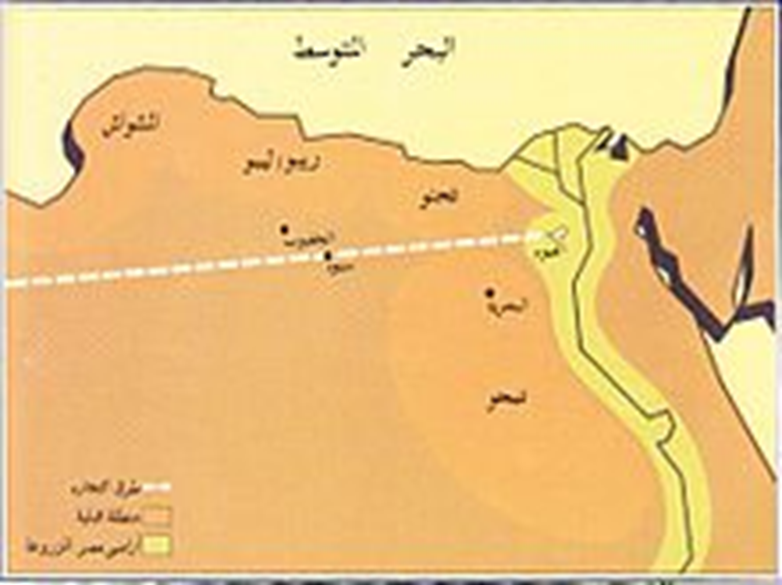The Tahnu tribes

The oldest antiquity on which the name of the Tahnu people is written is the Lion and Eagle Prayer, which dates back to the pre-dynastic era in the fourth millennium BC. The name was also recorded on the plaque known as the Prayer of Forts and Spoils, and it was mentioned on the cylinder seal of King Narmer of the First Dynasty, and it was mentioned in the funerary temple of King Sahure of the Fifth Dynasty, and in the texts of the pyramids and in the texts of supplications from the era of King Seti of the Sixth Dynasty, and it was mentioned on the memorial. King Mentuhotep of Gebelein from the Eleventh Dynasty. From him the ontological name “Tahinu” was derived, meaning the people of Tahinu, and he wrote in more than one way on monuments that continued until the era of the New Kingdom.

His features
The features of the Tahnu people appeared on the lion and eagles prayer, with straight, wavy hair, a pointed nose, and short beards, while they wore a garment tied around the waist. As for the very few pictures of them on the cylinder seal of King Narmer, we cannot distinguish their features in them because they, that is, their pictures, are shattered. There are other pictures of them with their wives and children on the walls of the funerary temples of Sahure, Nyuserre, and Pepi II. Their color is medium white (corny). They wear tails, and on their foreheads appears a tuft of hair that closely resembles an Egyptian uraeus, as was the custom of Pharaoh kings. They wear a loincloth with a belt tied at the waist and hanging above the knees. There have been close relations between the Egyptians and the Tahnu since the time of the First Dynasty. This is indicated by the great similarity between their names, clothes, and pottery, which sometimes leads to saying that the Egyptians and the Tehnu are a close people. There are also beliefs that link the Tehnu with the inhabitants of the West Delta in particular, such as the deity (Tahnu), which shares the same characteristics with the deity (Horus of Tehnu), in addition to the deity “Nate”, the deity of the West Delta.
Source: websites

